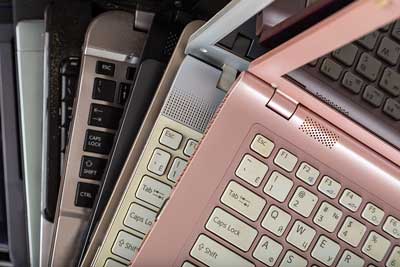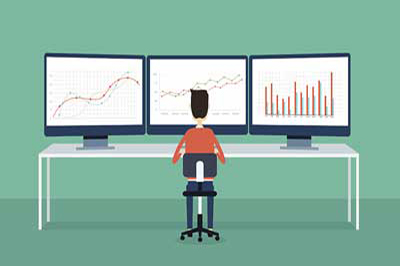When IBM’s first “microcomputer” debuted in 1981, it cost $1,565 and came with 16 kilobytes of RAM, a color graphics adapter, keyboard, and no hard drive. If you upgraded the clunky 20-plus pound gadget’s memory to 64 kilobytes, you’d have space to save about 100 pages of plain text.
Forty-plus years later, computer buyers have so many options—laptops, Chromebooks, desktops, tablets, 2-in-1 laptop/tablet mashups—that it’s overwhelming to pick the right device. Confusing technical jargon and unhelpful retailers often make the shopping experience even tougher. Even if you know exactly what you want, it can be difficult to find it.
Whatever tech you are shopping for, here’s our advice for selecting the right device:
Carefully consider what kind of device you need. Take advantage of the expert advice and ratings from Consumer Reports, CNET, PCMag, and Wirecutter.
Our ratings of computer stores will help you find retailers that employ helpful sales staff—and steer you away from those that don’t. Compare performance, features, and prices from devices made by a range of brands.
Don’t overbuy. If you use your computer mostly for email, you won’t need to splurge on the latest greatest processor or an ultra-high-definition display. Inexpensive processors will perform well if you only want to stream HD video or run common software.
Once you zero in on a make and model, shop for the best deal. Consumers’ Checkbook’s undercover shoppers surveyed prices at popular online retailers for 34 devices. While we found only modest price variation for some product lines and most software, there were big retailer-to-retailer price differences for other device brands and hardware. Some outlets, on average, charge up to 20 percent more than their competitors for the same merchandise. For example, for one Dell Precision laptop model, the lowest price we could find was $3,220; the highest price was $4,388.
Our researchers most often found the lowest prices on the websites of HP, Micro Center, Walmart, Microsoft, Amazon, and Costco.




